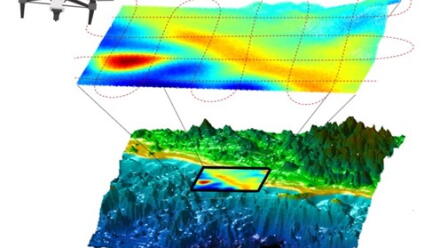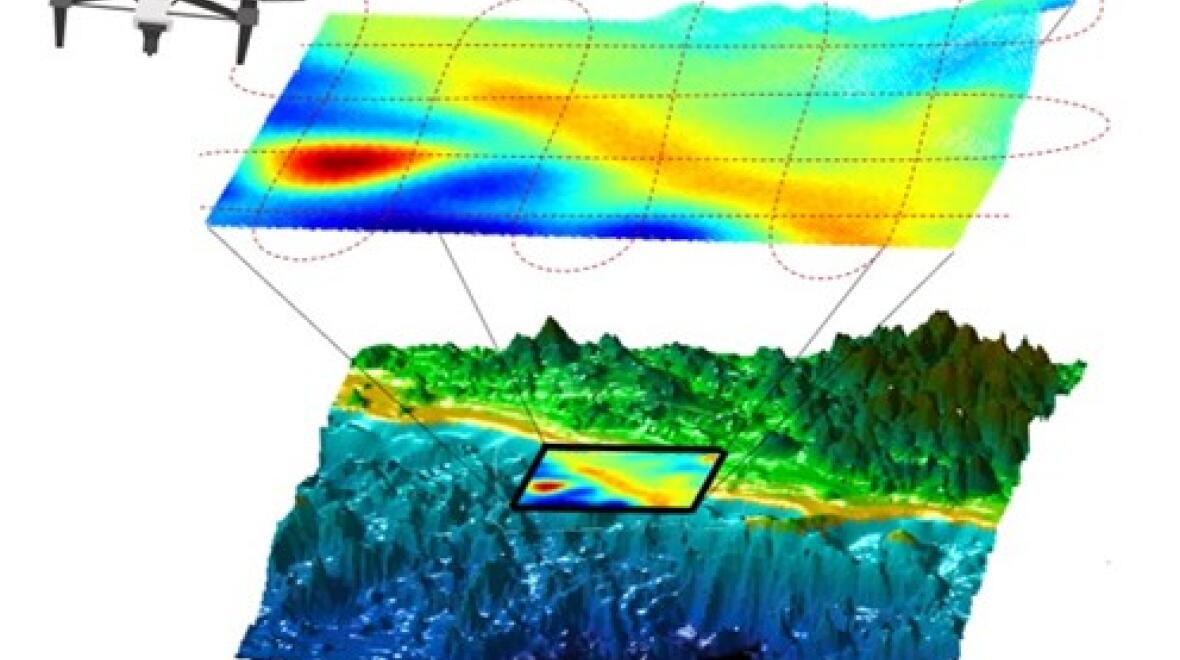MiniGrav: drone deployable miniturised absolute gravimeter

Impact Focus areas
Research area
Determining local gravity has significant relevance in various applications, including hydrology, volcanology, mineral surveying, and subsurface mapping, where local gravity values play a crucial role in inferring the properties and structure of the Earth's subsurface. However, conventional absolute mechanical gravimeters are associated with limitations such as their large size and limited operation time. ANU researchers have developed a novel freefall gravimeter design capable of delivering precise absolute gravity measurements while maintaining a compact size, low weight, and semi-perpetual operation without the need for frequent calibration or temperature control. Moreover, this miniature gravimeter design consumes relatively low power, making it capable of airborne or long-term gravity surveys.
Technology (TT2022-026)
Our device launches a small corner-cube retroreflector upwards using a piezo-electric transducer, which allows for recapture without needing a complex cage and drive system as is found in commercial absolute gravimeters. Positioning of lasers and novel detection software has enabled miniaturisation to 5cm (from 1.5m) and provides confidence that we can detect variations in gravity below 10-8 m.s-2. The team has achieved 10-5 m.s-2 using off the shelf parts. Our goal is to have a prototype device with a size, weight, power and cost that is targeted to achieve a SWaPc score of 10; thus mechanical pricing at cold atom performance.
Figure 1: Simplified diagram of a three-axis free-fall accelerometer with only two axes shown.
Potential benefits
- Measures absolute gravity over extended time
- Self calibrating (atomically referenced)
- Drone deployable due to compact size and light weight
- Can operate at environmental temperatures
- Low power
- Simultaneous three axis orthogonal measurement
Potential applications
- Ground water surveying
- Mineral exploration
- Underground structure detection
- Inertial navigation
- Satellite accelerometry
Opportunity
We are seeking collaborators and investment to advance the TRL 3 prototype to a field deployable minimum viable product that is 1,000 times smaller than existing products with comparable accuracy, stability and sensitivity, thus opening up new markets for long-term and remote surveying of underground structures, such as for pipeline leak detection. The second generation device will be three axial to enable use in inertial navigation and removes the stringent leveling requirements of a single axis device.
IP status
A provisional patent was filed on 14 August 2023
Key research team
- Samuel Legge, Research School of Physics
- Ryan Thomas, Research School of Physics
- John Close, Research School of Physics
Contacts




